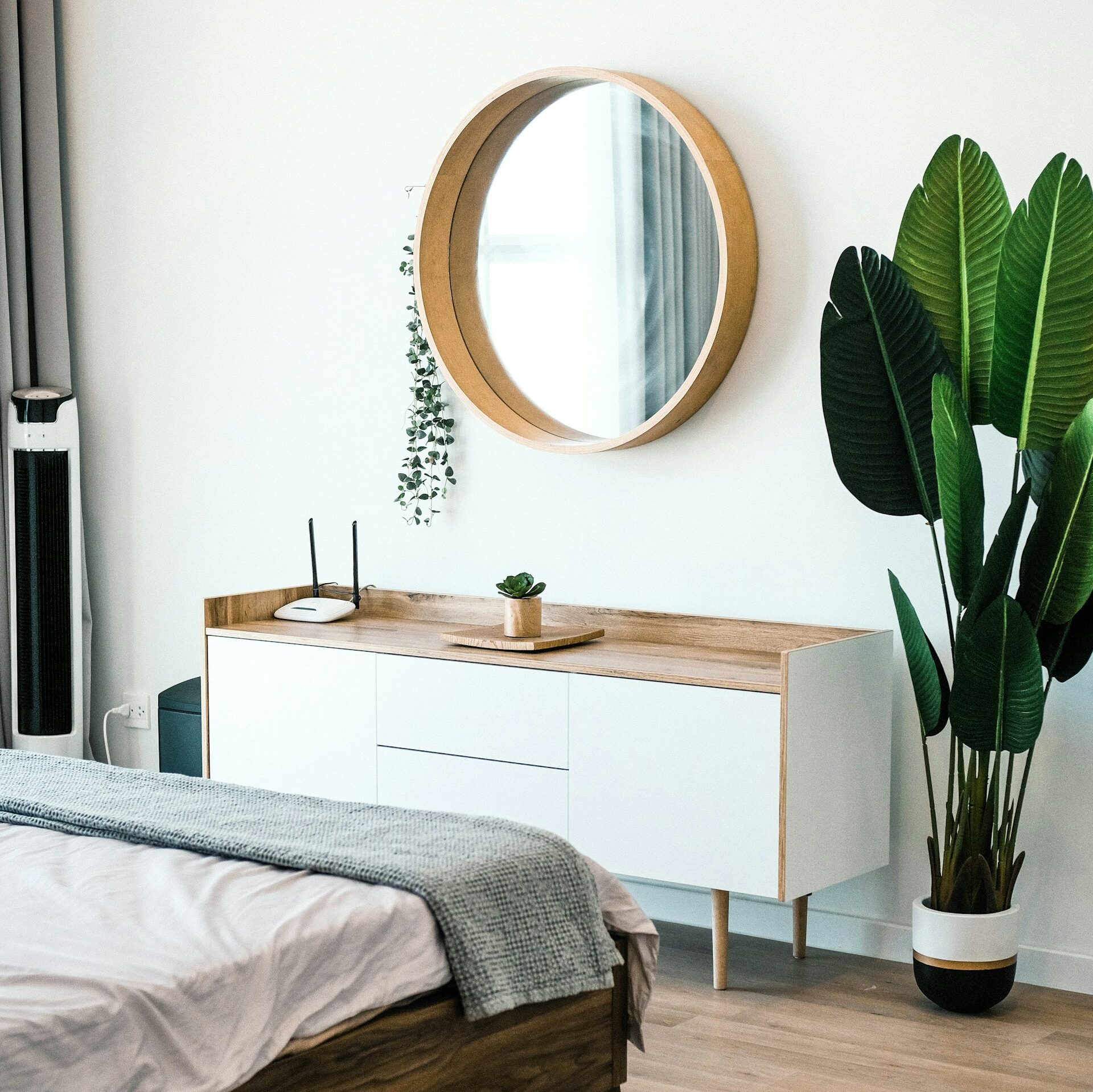
Our surroundings significantly influence our mental health and overall well-being. While interior design might seem purely aesthetic, it deeply impacts how we feel and function in our spaces. From the colors on the walls to the layout of furniture, every design choice contributes to our emotional and psychological state. In this article, we’ll explore how interior design affects mental health, drawing on scientific research and expert opinions to uncover how you can create a nurturing environment that supports your well-being.
Disclaimer
Some of the links in this article may be affiliate links. We may receive a small commission, at no additional cost to you, if you decide to make a purchase through one of our recommended partners. We only recommend products and services we trust, and our opinion remains our own. Thank you for your support!
Understanding the connection between environment and emotions

The environments we inhabit are more than just physical spaces; they are extensions of our psychology. According to research from the Journal of Environmental Psychology, elements like light, color, and texture play crucial roles in influencing our moods and behaviors. Poor lighting can lead to eyestrain and headaches, while cluttered spaces may increase stress and anxiety. Conversely, well-designed, orderly environments with natural elements can promote relaxation and focus.
The impact of color psychology

Color is a powerful tool in interior design with significant psychological effects. Cool shades like blues and greens are known to promote calmness and peace, making them ideal for bedrooms or meditation spaces. On the other hand, warm hues such as yellows and oranges energize and encourage social interactions, making them suitable for kitchens and living spaces. Understanding color psychology can help you make design choices that support your mental well-being.
Integrating natural elements
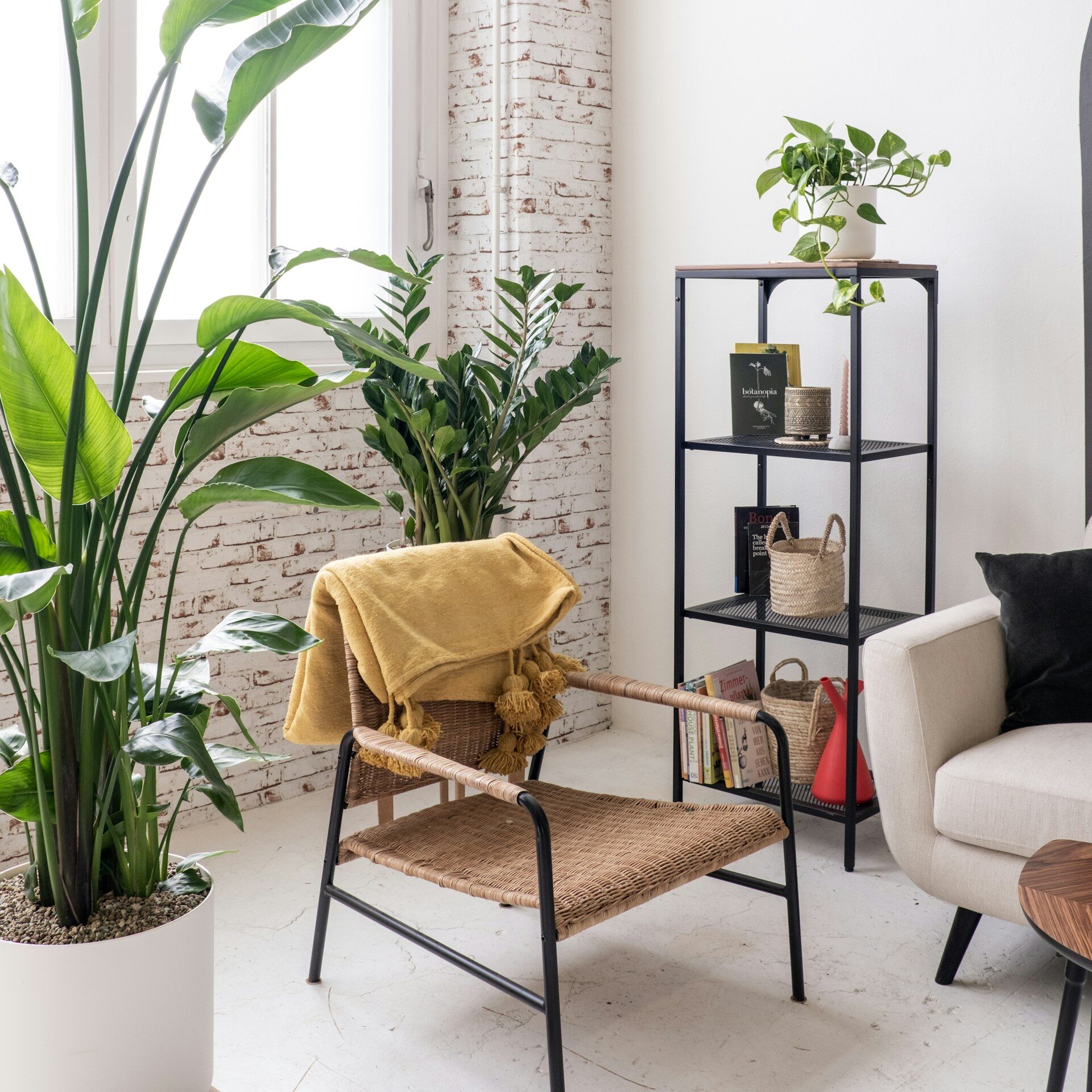
Biophilic design, the practice of incorporating natural elements into indoor spaces, has been shown to reduce stress and enhance mental health. A study published in the Journal of Physiological Anthropology found that interacting with indoor plants can lower both physiological and psychological stress. Including elements like houseplants, natural light, and wooden textures can transform your home into a sanctuary that promotes comfort and peace.
Implementing design strategies for mental well-being
Lighting
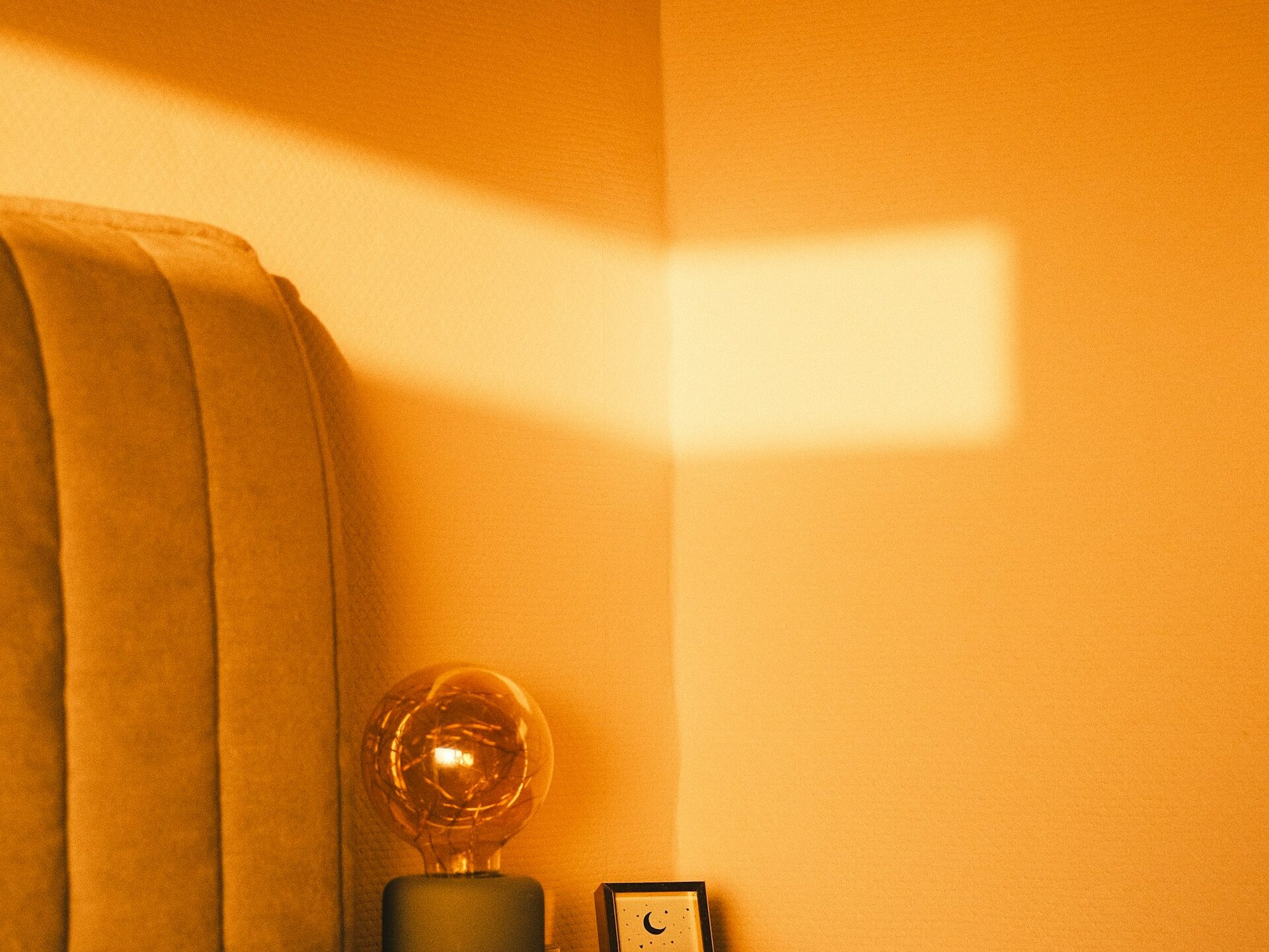
Lighting significantly affects mood and productivity. Natural light is essential for regulating sleep patterns and boosting serotonin levels. If natural light is limited, consider using full-spectrum LED bulbs that mimic daylight. Layering different light sources—overhead, task, and ambient lighting—can enhance both function and ambiance.
Spatial organization
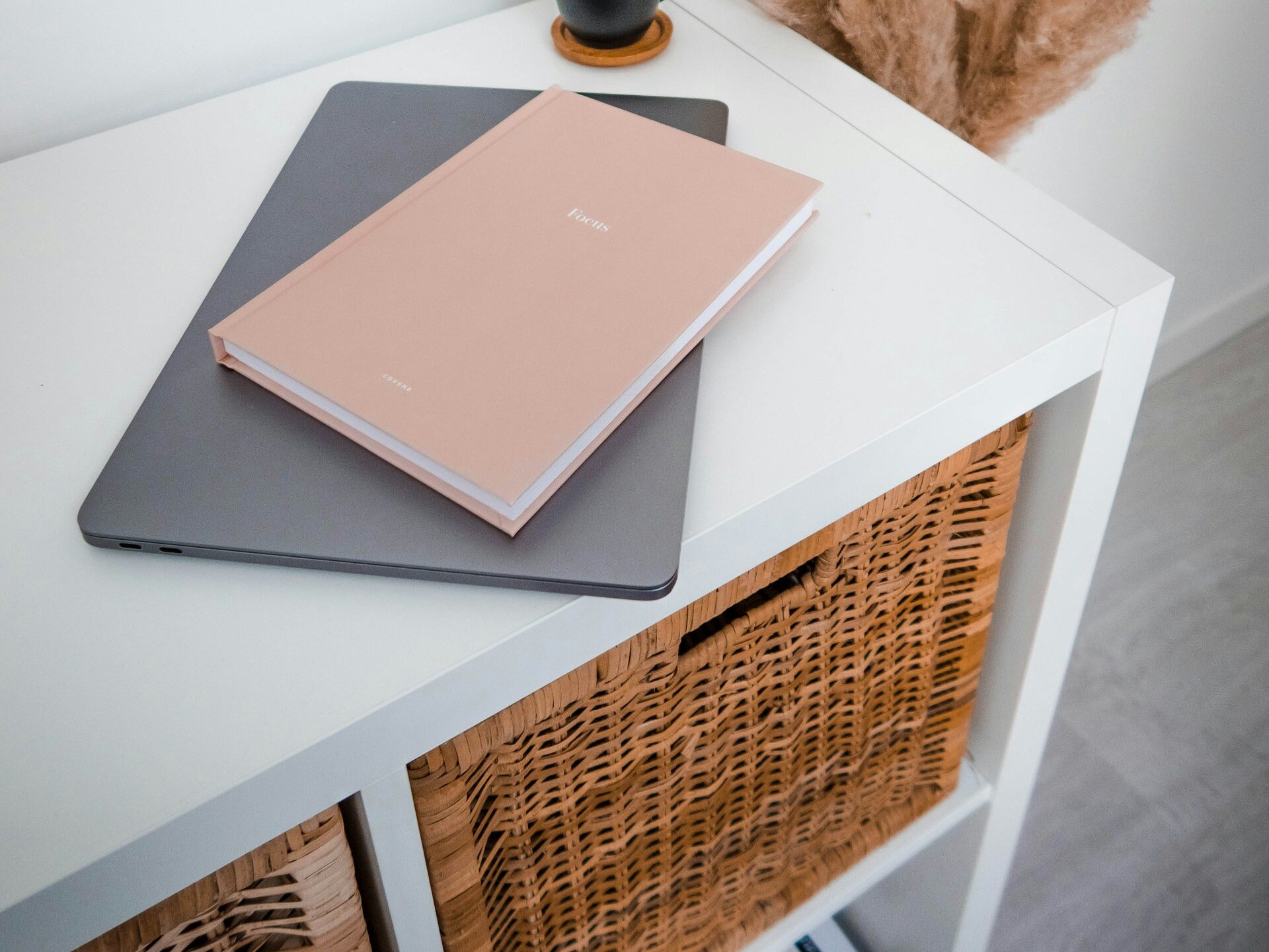
Clutter can cause visual stress and negatively impact mental clarity. Keeping spaces organized with strategic storage solutions like concealed cabinetry or multifunctional furniture can help maintain a tidy and serene environment. Additionally, arranging furniture to facilitate easy movement and clear sightlines can make spaces feel more open and inviting.
Conclusion:
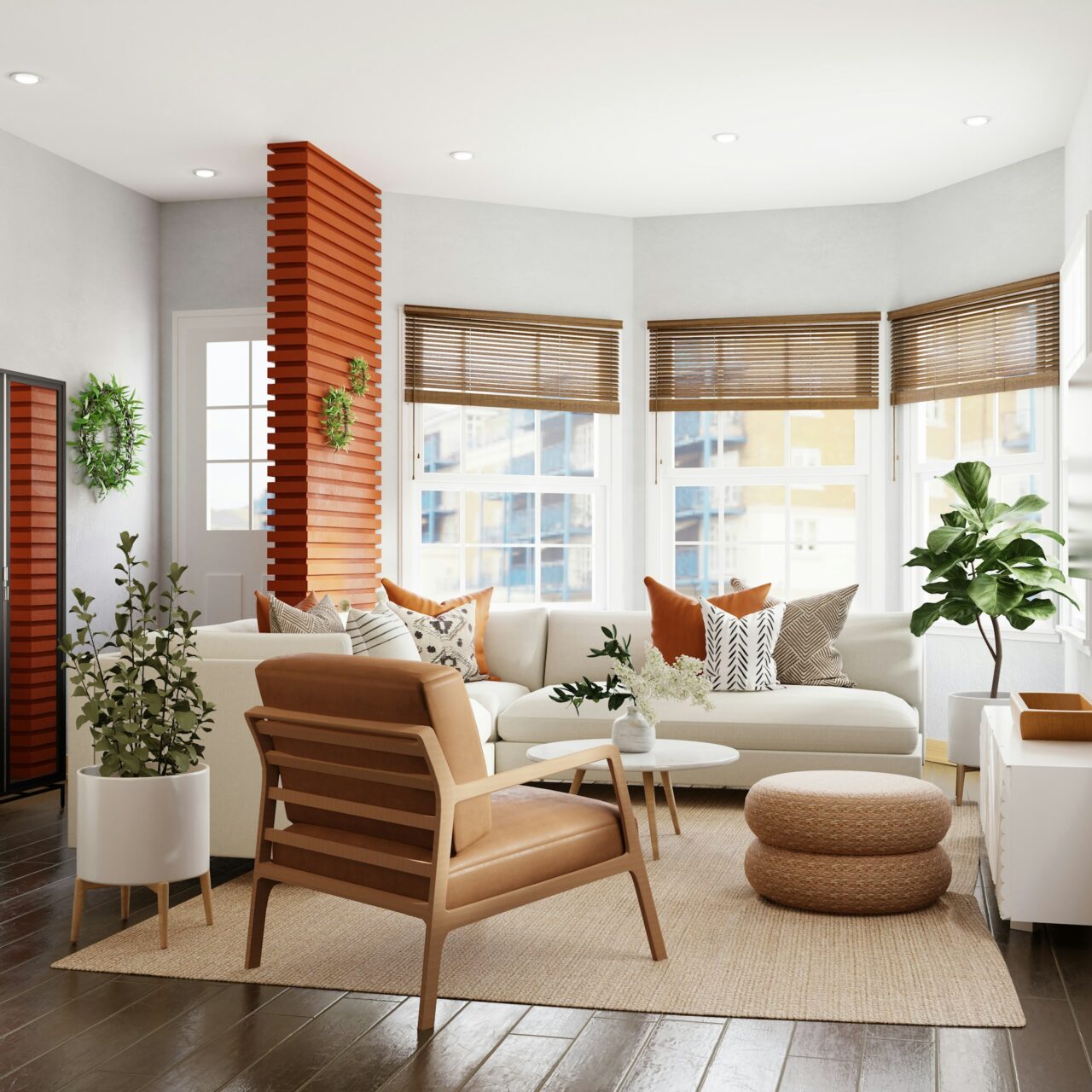
Designing a supportive environment
Investing time and effort into thoughtful interior design is an investment in your mental health. By implementing design principles that promote well-being, you can create spaces that not only look beautiful but also enhance your quality of life. From embracing natural light and calming colors to organizing spaces mindfully, even small changes in your interior design can significantly impact your mental health. Begin transforming your environment today to support a healthier, more balanced life.
FAQs
How does color affect mood?
Colors influence emotions and perceptions. For example, blue and green are calming, while red and yellow can be stimulating. Choosing the right color palette for each room can enhance mood and function.
Can plants really improve mental health?
Yes, studies show that interacting with plants can reduce stress and improve mood by bringing a sense of nature indoors. They also improve air quality, which contributes to better overall health.
What is biophilic design?
Biophilic design incorporates natural elements like plants and natural light into indoor environments. This approach can enhance well-being by fostering a connection to nature, even indoors.
Products We Love
- MIULEE Pack of 2 Burnt Orange Velvet Pillow Covers: Add warmth and texture with these luxurious pillow covers that complement any cozy corner. Check them out on Amazon.
- Utopia Bedding Throw Pillows (Set of 4, White): These pillows provide comfort and style, perfect for creating a serene atmosphere at home. Get yours on Amazon.
- Norb Everyday Sun-Mimicking Bulb – Full Spectrum Wellness Lighting: Illuminate your space with lighting that mimics natural sunlight to boost mood and focus. Find it on Amazon.
- LE TAUCI Ceramic Pots for Plants, Set of 3: Enhance your home’s biophilic charm with these stylish plant pots, designed to add greenery and wellness benefits. View this set on Amazon.
- JELIMOV LED Desk Lamp for Home Office: This lamp offers efficient lighting to keep your work environment bright and productive. Check the price on Amazon.
See also:
- The 15 Best Ergonomic Office Chairs for Every Budget in 2025
- The Ultimate Guide to Choosing the Perfect Desk Plant for Your Office
- 12 Stylish Home Office Decor Ideas to Boost Your Productivity
Bibliography
- Lee, M.S., Park, B.J., Lee, J.W., et al. (2015). Interaction with indoor plants may reduce psychological and physiological stress. Journal of Physiological Anthropology.
- Journal of Environmental Psychology
- NCBI Study on Indoor Plants and Stress Reduction
- The Impact of Interior Design on Mental Health – Interiors Revitalized
- Designing for Well-Being: The Role of Interior Architecture in Mental Health – Marymount University Blog
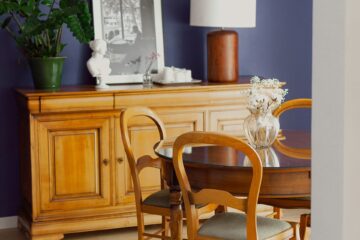
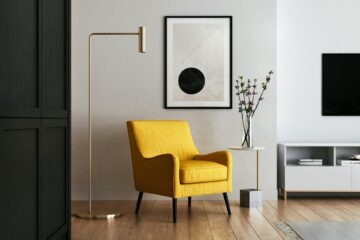

1 Comment
MikeyB · November 11, 2025 at 11:59 am
Wow, I learned something new today. Thanks!